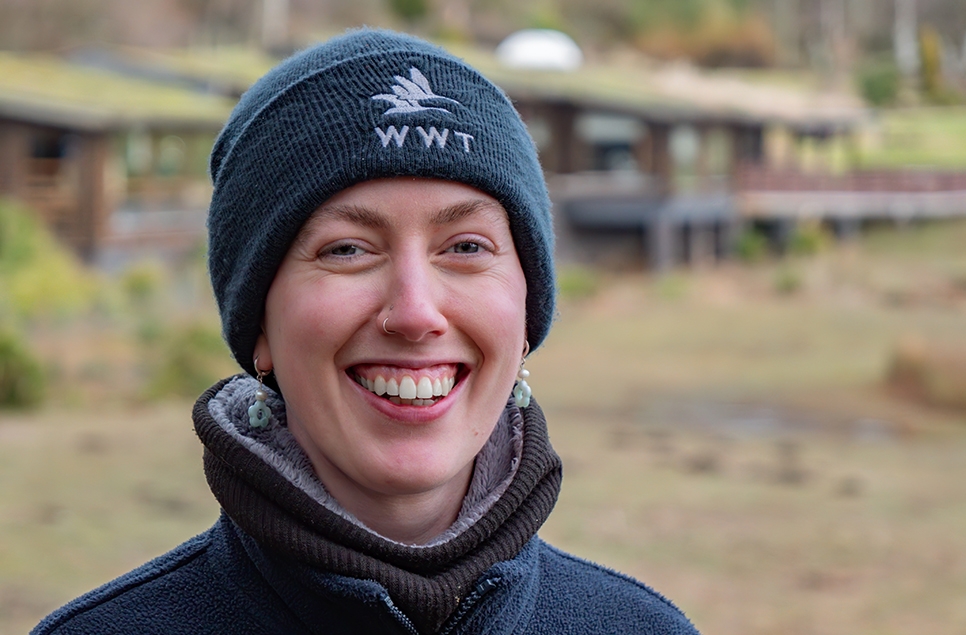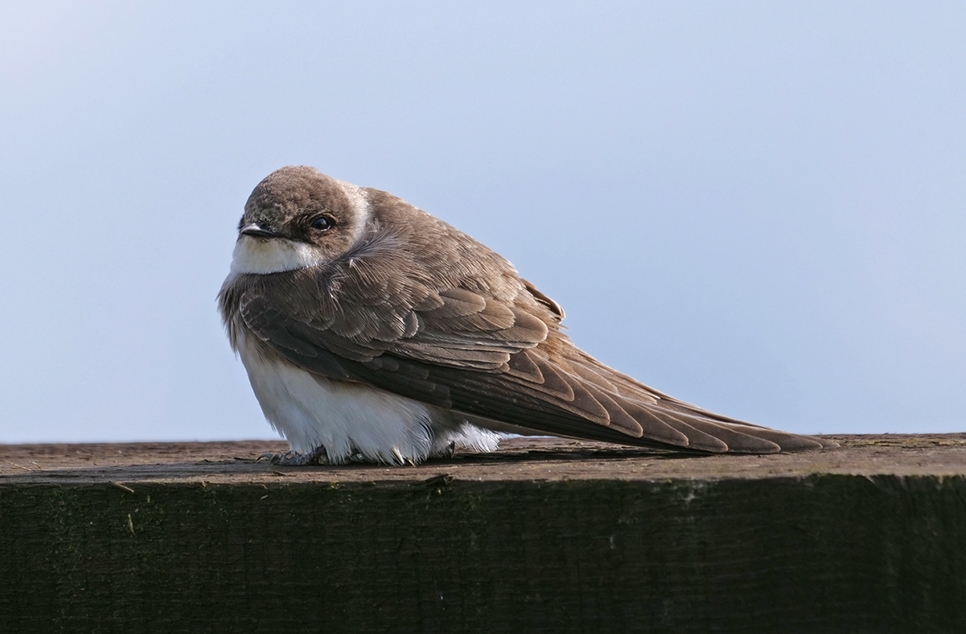Soak in the wild at WWT Washington this winter
Winter truly is a most wonderful time of year for wetlands. They are dramatic and changeable. Wild, watery and full of life. There’s no better place to soak in nature.
So why not visit WWT Washington this season and enjoy a wild winter adventure as you discover some amazing wetland wildlife moments, right here on your doorstep.
Start your journey with a wander through our ancient woodlands sparkling with frost, as leaf-bare trees give glimpses of flitting woodland birds including long-tailed tit (above), siskin and redpoll.
Head to Hawthorn Wood and The Lookout for close-ups of them gorging on seed and fat balls, along with colourful bullfinch and red-listed willow tit. With regularly topped-up feeders and lots of natural perches, the photographic opportunities here are endless.
Hollowood is a haven for woodland birds too. Take the time to stop and listen and you’ll hear so much calling and song. Treecreeper, wren, blackbird, robin, collared dove and wood pigeon are often around and can be both heard and seen regularly.
Spring Gill woods and the surrounding meadows also enjoy lots of winter visitors, with squabbling jays and over-wintering thrushes like redwing (below) and fieldfare searching for berries. Roe deer pass through here, so keep your eyes peeled for those tell-tale white rumps!
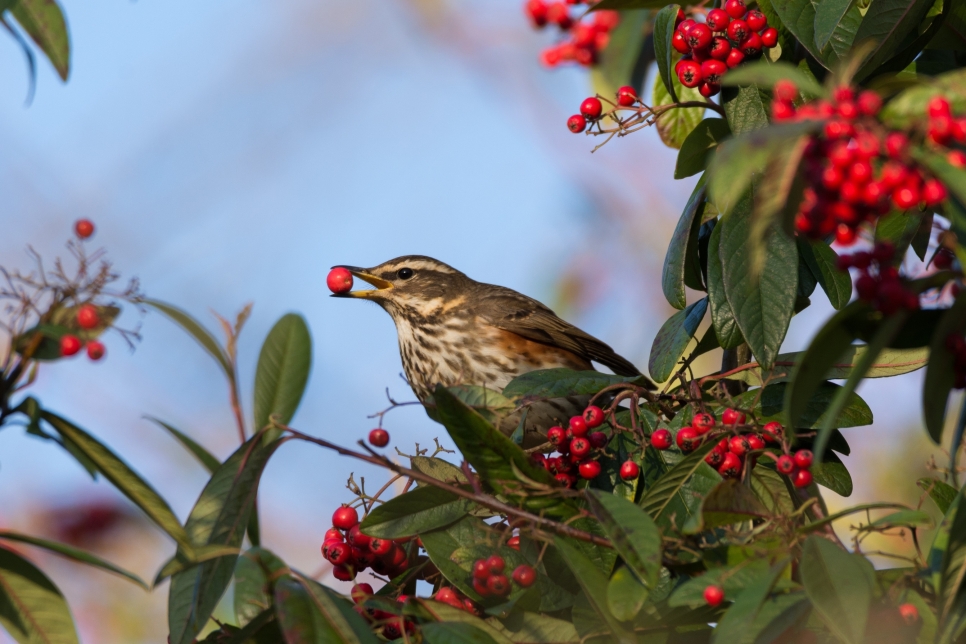
If water birds are more your thing, be sure to stop off at the saline lagoon and spend peaceful time in Lagoon View hide (below) with its 360-degree panorama of this unique habitat and its incredible wildlife.
In winter, it welcomes teal, shoveler and shelduck, as well as good numbers of elusive kingfisher, which perch on the various branches around the water’s edge.
The river viewpoint at the bottom of the lagoon is a top spot for seeing goosander, grey heron, cormorant, curlew and various sandpipers on the Wear. Mute swan make the occasional appearance and high tides can bring Eurasian otter sightings, as well as grey seal.
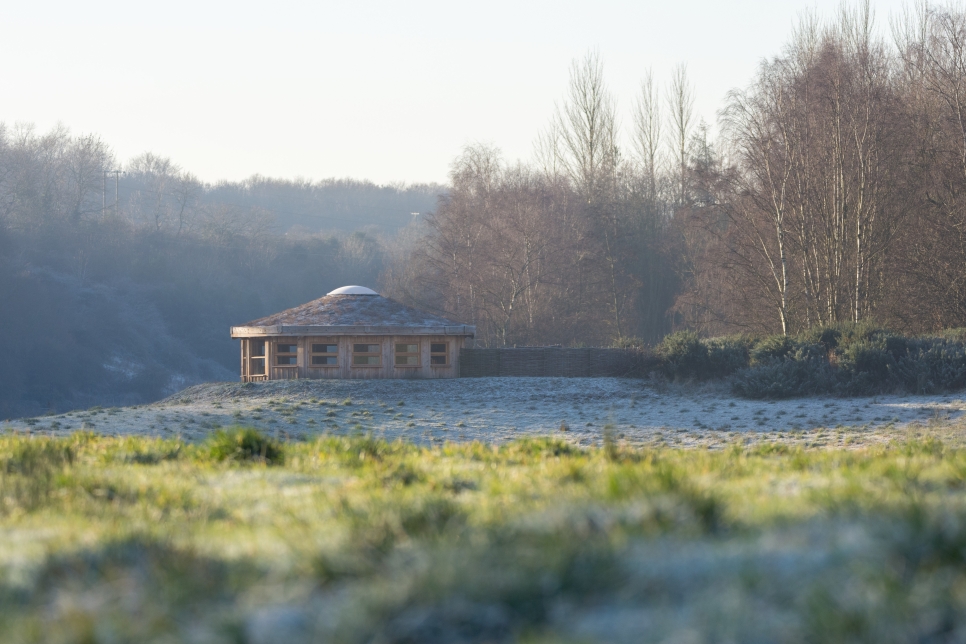
Along the river footpath you’ll find Wader Lake, with four waterside hides providing brilliant views of feeding snipe, teal, wigeon and shoveler all season long, as well as a spotted redshank in recent weeks - an amber-listed bird which is relatively rare over winter in the UK.
Here, one of WWT Washington’s best wildlife spectacles also starts to build as the weather grows colder – the winter curlew roost (below).
At its peak in January, more than 1,200 of these wonderful waders swoop down at dusk to settle alongside redshank and teal, crying hauntingly as they descend. A sight and sound not to be missed!
In late January, the majestic grey herons then start returning to the hedge across the lake to nest; representing the 15th best breeding colony in the UK (according to the latest figures from the British Trust for Ornithology (BTO)).
This winter, our team is working hard to improve the habitat down at Wader Lake, deepening areas for diving birds and creating more space around the edges for small waders.
But even on days when there’s disturbance, birds such as redshank can still be observed from Northumbrian Water Hide, using their long bills to hunt for invertebrates and crustaceans beneath the surface of the newly exposed mud. Kingfisher sightings are on the increase here too!
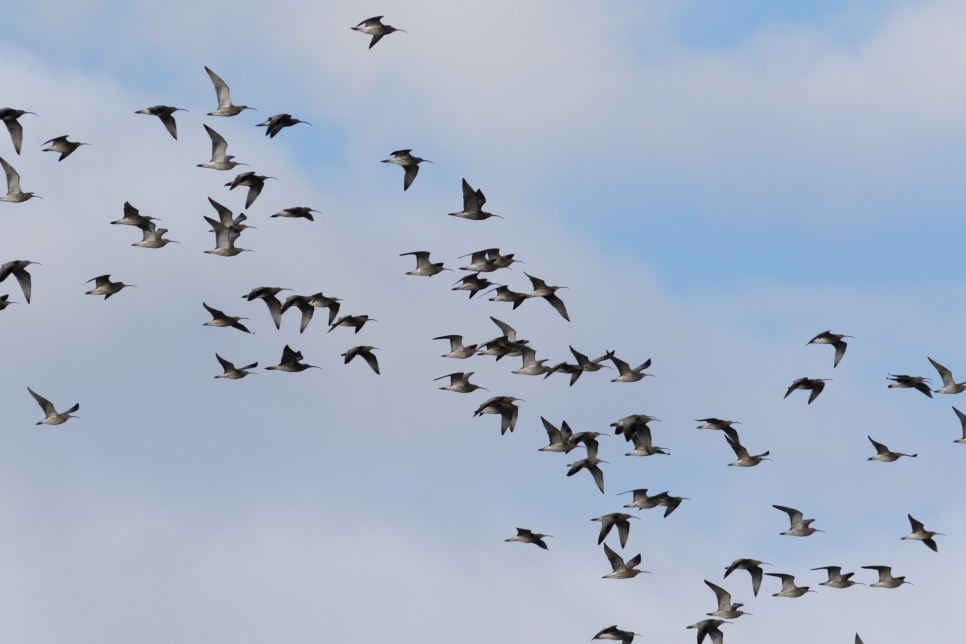
Away from the wild reserve, the centre’s collection animals are always a delight to meet. Watch pink Chilean flamingos flocking elegantly in the wintry sunshine or our Asian short-clawed otters Musa, Mimi and Buster revelling in attention from onlookers.
Whatever time of day you visit, Waterside Café is the perfect place to relax; be it while fuelling up with a breakfast bun ahead of a day of wetland exploration or unwinding with a cuppa after roaming our woodlands and lagoons.
Sit and enjoy hearty food from a new menu including Pieminster pie and mash, sourdough sandwiches, warming soup and freshly baked cakes, with unbroken vistas of wildlife including Eurasian cranes (below) and barnacle geese on our stream. Plus, every penny you spend supports WWT's vital conservation work.
There are so many amazing wetland wildlife moments to be had during the winter months - just make sure you don't miss them!
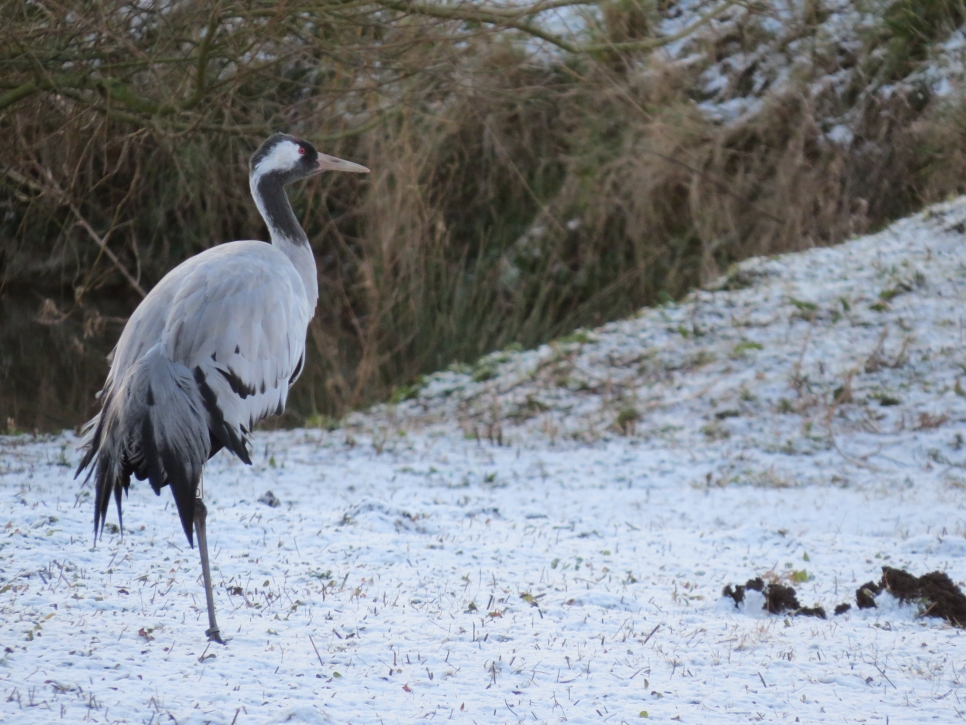
Ready to visit?
If you've been inspired to explore our wetlands this winter, find out more and plan your visit online.
